Learn more about !
What is Ganja?

What is Ganja? For many, the word instantly conjures up images of aromatic buds, rituals of freedom, and a laid-back vibe. But behind this term lies a rich history, deep cultural roots, and a growing relevance in today’s world. Let’s dive into what ganja really is, where it comes from, and why it’s far more than just a slang term for cannabis.
Ancient Origins: Where the Word “Ganja” Comes From
The story of what is ganja begins in ancient India. In Sanskrit, the word “गांजा” (gāñjā) referred specifically to the flowering tops of the cannabis plant — the part prized for its potency and spiritual significance. Over time, the word found its way into Hindi and became widely used.
In India, ganja was revered not just as a plant but as a sacred tool in religious rituals, particularly in worship of the god Shiva. It was smoked, mixed into beverages, and consumed during spiritual ceremonies aimed at achieving enlightenment.
A Journey Westward: From India to the Caribbean
During the 19th century, Indian laborers carried what is ganja with them to British colonies in the Caribbean. On islands like Jamaica, ganja took on a whole new life, becoming an essential part of daily living, spiritual practices, and local culture.
On Jamaica, ganja became deeply intertwined with Rastafarianism. For Rastafarians, cannabis is not merely a plant but a sacrament — a way to connect with the divine and seek greater understanding.

What is Ganja Today?
Today, the question “what is ganja” has a broader and deeper meaning. While it’s often used interchangeably with cannabis, in many communities, “ganja” refers specifically to high-quality, pure cannabis flowers — a nod to tradition and authenticity.
Ganja has also become a global cultural icon, symbolizing freedom, peace, resistance, and inner harmony. Thanks to legendary figures like Bob Marley, the word “ganja” resonates across the world, representing much more than just a recreational experience.
Is Ganja the Same as Marijuana or Hashish?
Although many use the terms interchangeably, there are subtle but important differences:
- Ganja: Dried flowering tops of the cannabis plant, rich in THC.
- Marijuana: A broader term that can include leaves and flowers.
- Hashish: A concentrated form of cannabis resin, often compressed into blocks.
Essentially, what is ganja? It’s the purest, most aromatic, and potent part of the cannabis plant.
The Medical Potential of Ganja
Beyond relaxation, science is increasingly revealing how powerful ganja can be in the medical field.
Medical cannabis is now widely used to help manage chronic pain, anxiety disorders, insomnia, epilepsy, and side effects of chemotherapy. When used correctly and under medical supervision, ganja can become a valuable tool for improving quality of life.

Where Is Ganja Legal — and Where Is It Not?
The legal status of ganja varies dramatically worldwide:
- In the United States, many states have legalized ganja for medical and recreational use.
- Canada fully legalized cannabis in 2018.
- In Jamaica, small amounts are decriminalized and religious use is protected.
- In Russia, ganja possession remains a serious criminal offense.
- In the Netherlands, ganja is tolerated in licensed coffee shops.
Understanding what is ganja also means respecting the laws and cultures of different places. Always check local regulations before traveling.
THCA Delivery in Buffalo
Does Sativa Or Indica Make You Sleepy
What is an Infused Preroll?
Traditional and Modern Ways to Enjoy Ganja
Understanding what is ganja also involves exploring the many ways people have enjoyed this sacred plant throughout history — and how those traditions have evolved today.
Traditional Ways of Consuming Ganja
- Smoking in hand-rolled joints: One of the oldest and most iconic methods. In many cultures, rolling a joint is a ritual in itself, with special blends and techniques passed down through generations.
- Pipes and chillums: Especially popular in India and the Caribbean, these simple devices offer a straightforward way to smoke ganja. Chillums, often made of clay or stone, are traditionally used in spiritual ceremonies, especially by Hindu sadhus.
- Water bongs: Invented to cool and filter the smoke, bongs became a favorite method for delivering smoother, more potent hits.
- Religious and ceremonial use: In cultures like Rastafarianism and Hinduism, ganja isn’t just for recreation — it plays a sacred role, used in meditation, prayer, and spiritual gatherings.
Modern Innovations in Enjoying Ganja
- Vaporization: Modern vaporizers heat ganja to the point where cannabinoids are released without combustion, significantly reducing harmful byproducts. Portable vapes, desktop models, and smart devices have revolutionized how people consume cannabis today.
- Edibles and infused foods: Today, the world of canna-cuisine is booming. From gourmet dinners infused with carefully measured doses of THC and CBD, to everyday snacks like brownies and gummies, edibles offer a smoke-free, often longer-lasting way to experience ganja.
- Tinctures and oils: These liquid extracts are discreet, easy to dose, and versatile. Many people add tinctures to food, beverages, or place drops directly under the tongue for fast absorption.
- Topical applications: Modern skincare and wellness industries have embraced ganja-derived products like CBD creams, balms, and bath bombs, offering localized relief without psychoactive effects.
- Dabbing concentrates: For experienced users, dabbing potent cannabis extracts like shatter, wax, or live resin delivers an intense, immediate effect. However, it requires special equipment and a good understanding of dosage.
Social and Digital Innovations
- Virtual smoke sessions: In the digital era, virtual ganja communities and online smoke sessions have become popular, connecting enthusiasts from around the world.
- Subscription boxes and curated experiences: Monthly cannabis boxes offering curated selections of flowers, accessories, and edibles provide a modern, personalized way to explore different types of ganja.
Choosing the Right Method
Choosing how to enjoy ganja depends on personal preferences, lifestyle, and even the reason for consumption. Whether for relaxation, medicinal use, creativity, or spirituality, there’s a method that aligns with every individual’s journey.
Exploring what is ganja means understanding not only its historical roots but also the exciting new horizons it continues to reach. As technology and culture evolve, so too do the ways we connect with this extraordinary plant.
Ganja’s Place in Modern Culture
Today, what is ganja also reflects a broader cultural phenomenon. Cannabis leaves appear on fashion items, artwork, and murals, symbolizing freedom, resistance, and a more natural lifestyle.
Genres like reggae, hip-hop, and even rock have embraced ganja culture, using it as a tool for creative inspiration and social commentary.
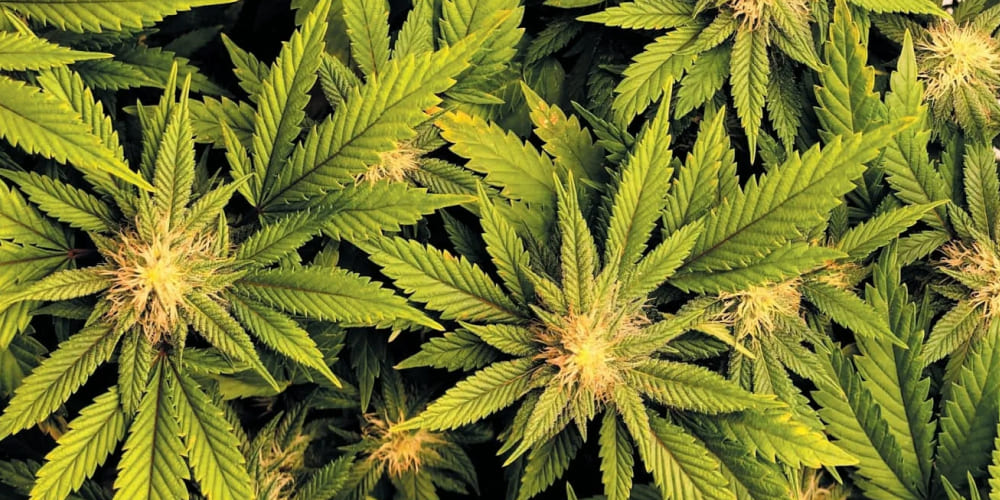
Myths and Facts About Ganja
Several myths surround what is ganja:
- Myth: Ganja causes strong addiction.
- Fact: Physical addiction is rare; psychological dependency can happen, much like with caffeine or sugar.
- Myth: Ganja destroys motivation.
- Fact: Effects vary by person, lifestyle, and dosage.
- Myth: Ganja use always leads to harder drugs.
- Fact: There’s no direct link; social environment plays a bigger role.
Discerning truth from fiction is key to understanding and appreciating ganja responsibly.
New Trends in the Ganja World
The world of ganja is evolving fast:
- Organic cultivation: Demand for pesticide-free, natural ganja is growing.
- Microdosing: Small, controlled doses for creativity and focus without intoxication.
- Advanced vaporizers: Smarter, cleaner devices for healthier use.
- Canna-cuisine: Gourmet meals and beverages infused with ganja are gaining popularity.
These trends show that what is ganja today is far more sophisticated and varied than ever before.
Responsible Ganja Use: A Gentle Reminder
Understanding what is ganja includes recognizing the need for responsible use:
- Start with low doses, especially if you’re new.
- Choose quality products from trusted sources.
- Be mindful of your health and mental state.
- Always comply with local laws.
Respecting ganja ensures a positive, enriching experience without unnecessary risks.

FAQ about Ganja
What is ganja and how is it different from regular cannabis?
Ganja usually refers specifically to the dried, resinous flowering tops of the cannabis plant, often of higher quality and potency. While “cannabis” is a general term for the plant itself, ganja highlights the premium, psychoactive part traditionally used in spiritual and recreational contexts.
Is ganja legal everywhere?
No, ganja is not legal worldwide. Its status depends on the country or state. Some regions have fully legalized ganja for recreational and medical use, while others maintain strict prohibitions. Always check local laws before possession or use.
What are the traditional ways to use ganja?
Traditionally, ganja is smoked in joints, pipes, or chillums. It has also been used in religious ceremonies, infused into drinks like bhang in India, or consumed during sacred rituals to aid meditation and spiritual connection.
Can ganja be used for medical purposes?
Yes, medical research has shown that ganja can help manage chronic pain, anxiety, insomnia, epilepsy, and other conditions. Many patients turn to medical cannabis therapies under the guidance of healthcare professionals to improve their quality of life.
How strong is ganja compared to other cannabis products?
Ganja, being the most potent flowering part of the cannabis plant, tends to be stronger than leaves or stems but less concentrated than modern extracts like hashish, oils, or dabs. Its natural potency makes it a preferred choice for traditional and modern users alike.
Conclusion
What is ganja? It’s not just a word, a plant, or a recreational tool — it’s a living piece of human history, a symbol of freedom, and a powerful part of global culture.
By understanding what is ganja, people can better appreciate its rich heritage and its role in promoting mindfulness, healing, and creativity. Beyond the fragrant buds lies a deeper connection to humanity’s quest for peace, balance, and higher consciousness.


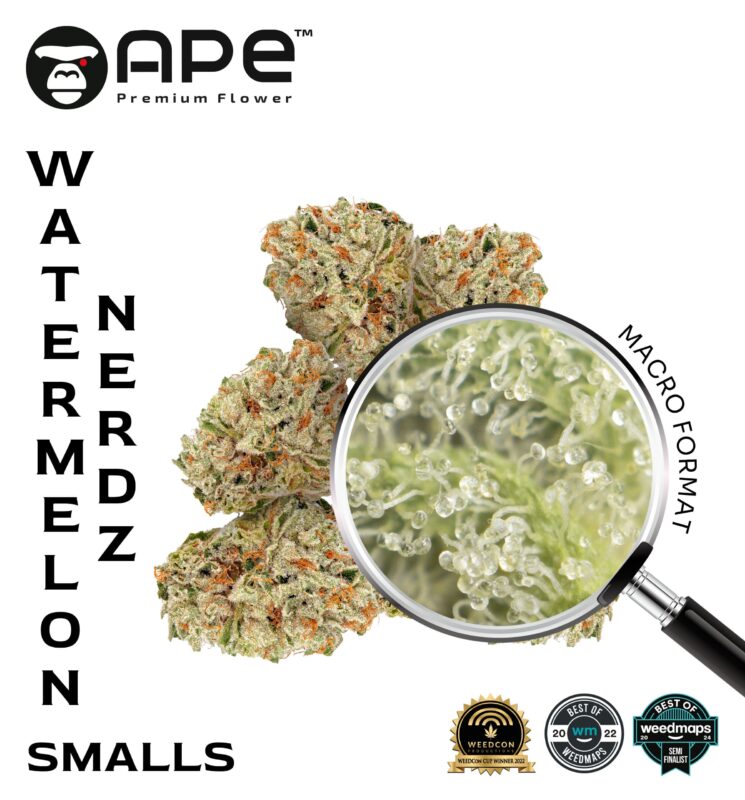

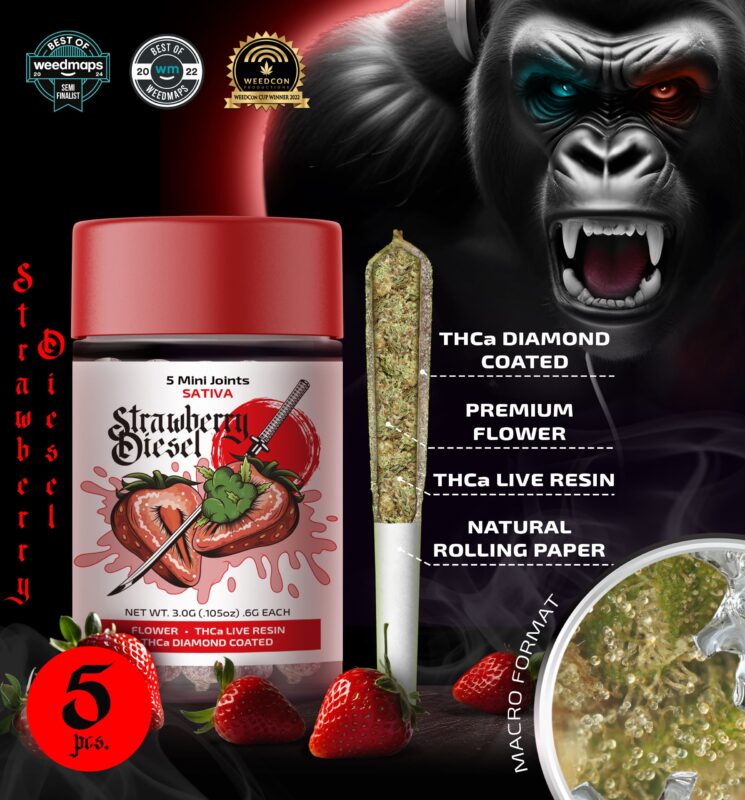
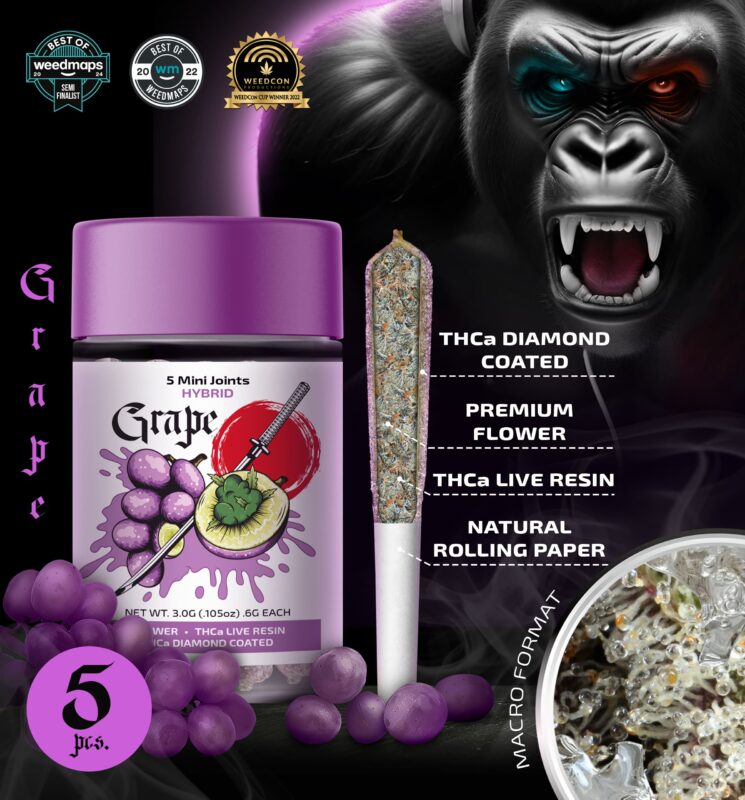
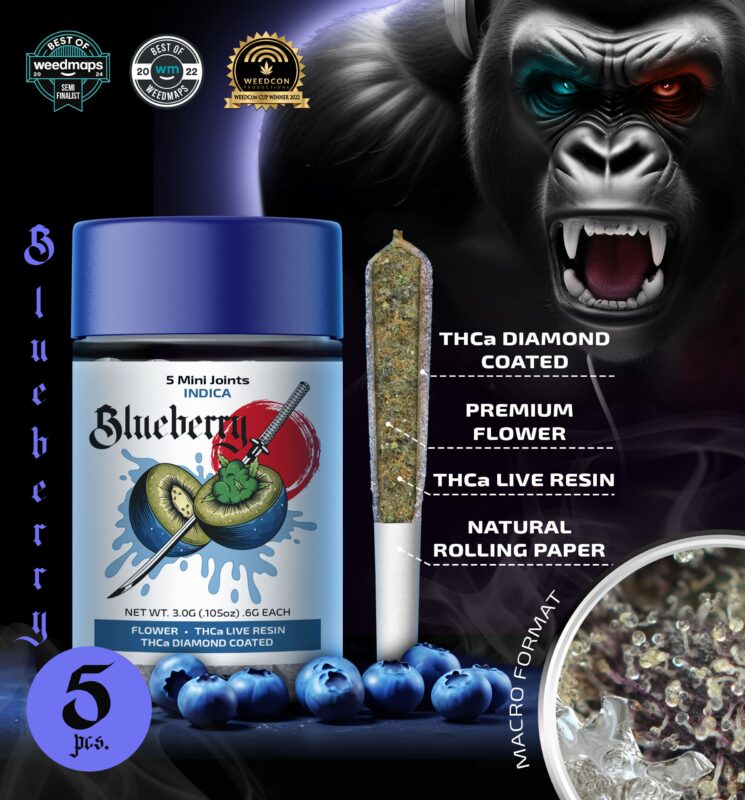
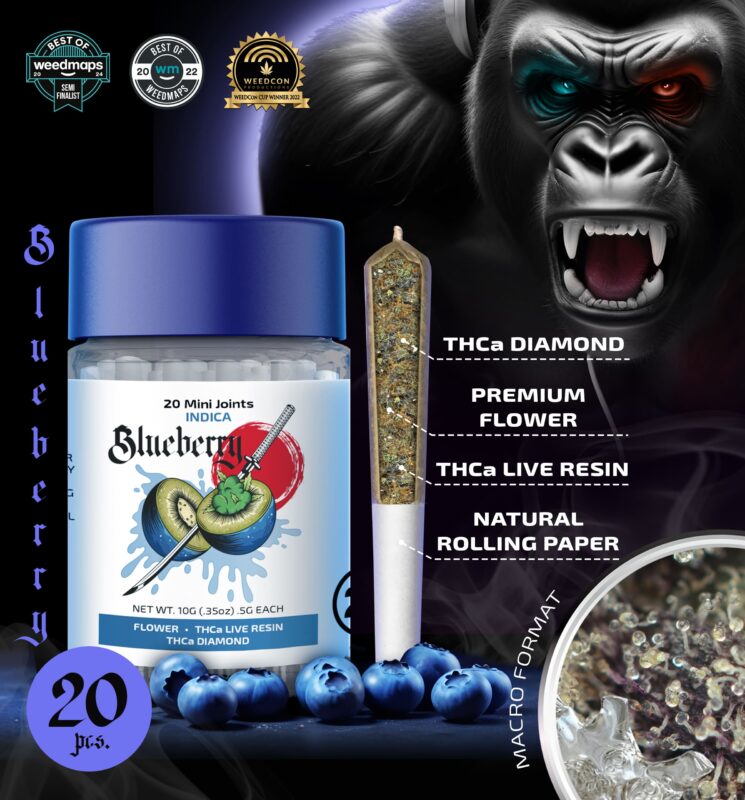






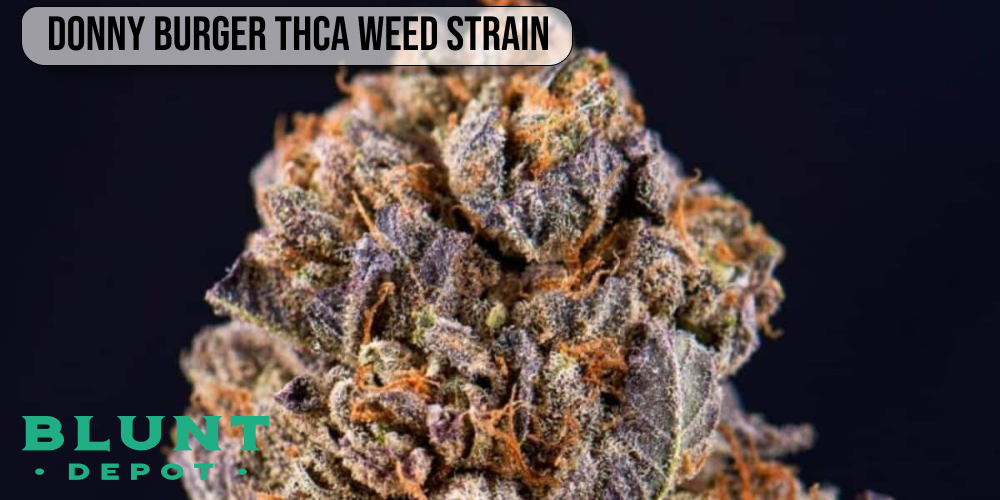


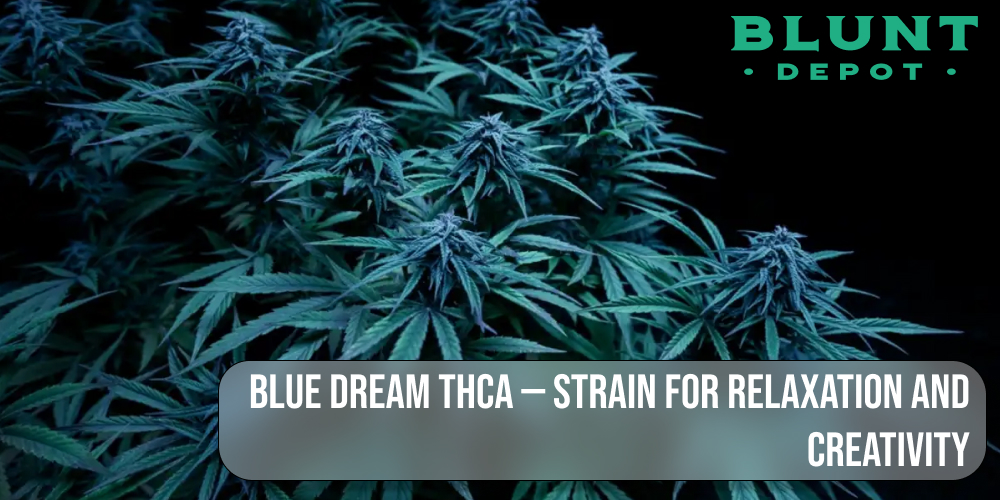
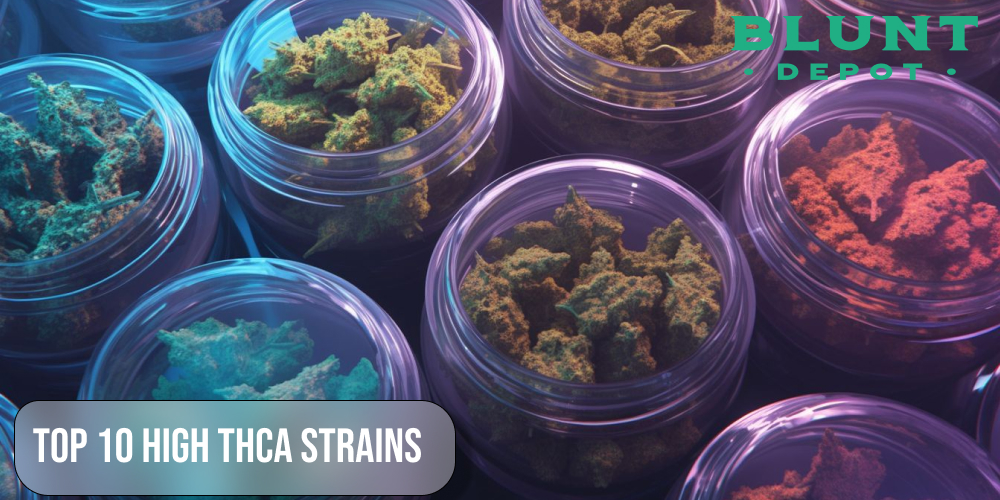


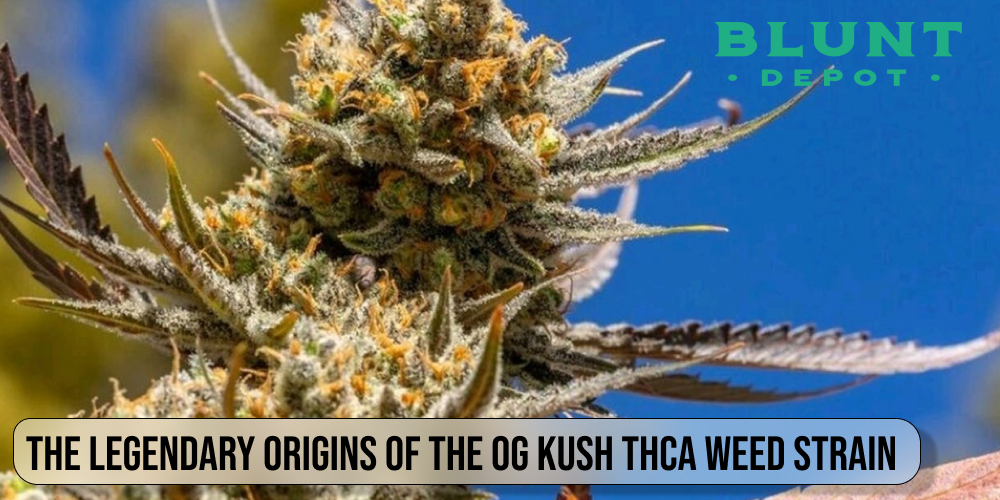




So happy to see the article highlight ganja’s roots in Indian spiritual practice. It’s more than just cannabis — it’s a sacred herb used in worship of Shiva for centuries. Respecting that origin is important. 🙏🏼